BLOG ARTICLE
How dangerous are spiders?
The truth about Australia’s most deadly bugs that bite and sting
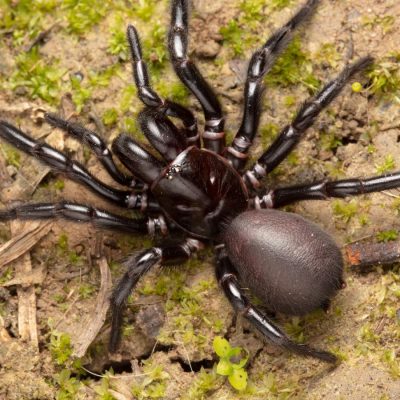
How dangerous are spiders?
Spiders, especially in Australia, have a reputation for being venomous and therefore highly dangerous. For many people, stumbling across spiders at home can lead to a house-wide panic and even a call to the local exterminators. Simultaneously, the presence of other common bugs, such as ants and mosquitoes, is unlikely to whip the family into a frenzy.
But, statistics show that the bugs we’re most scared of aren’t actually all that dangerous – and our most deadly insects and arachnids might be overlooked. Let’s have a look at Australia’s most deadly bugs.
The truth about Australia’s venomous spiders
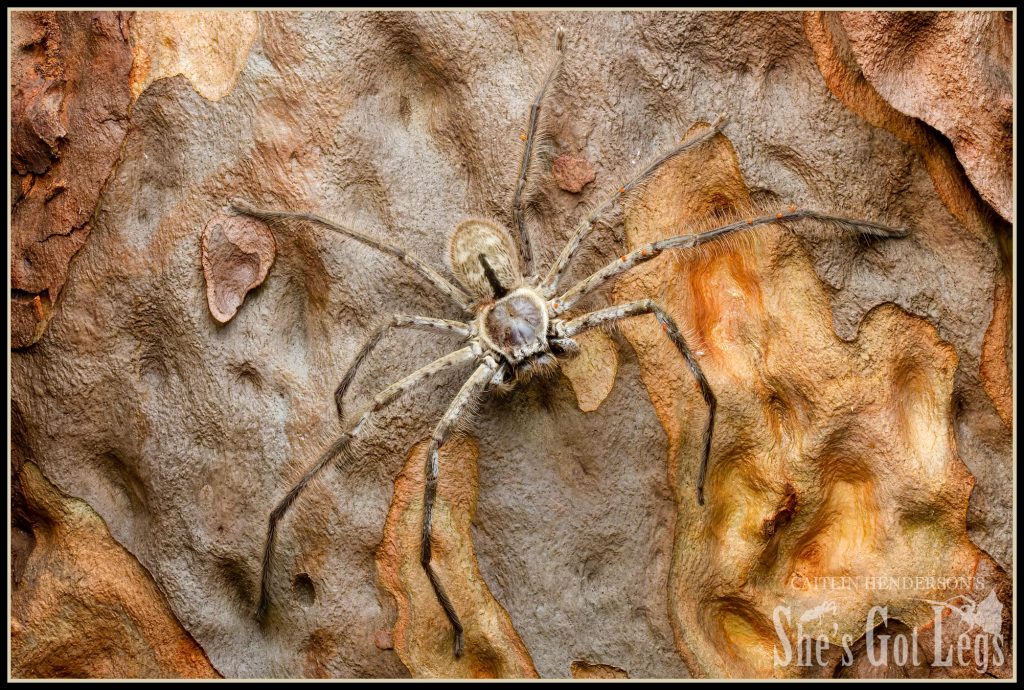
Most people are bitten when they accidentally trap a spider against their skin, whether a spider was hiding inside clothes or shoes, or accidentally grabbed while gardening. However, in addition to not being very dangerous, being bitten by a spider is actually not as common as it sounds.
In one U.S survey of patients presenting to hospital with a spider bite, it was found that a startlingly low 3.8% of people turned out to have actually been bitten by a spider. The majority were diagnosed with infections and had not even seen a spider bite them. Misinformation about spider bites leads many people to blame spiders for unrelated wounds.
For a great example of spider bite myths, read our article on the White-tailed Spider.
How deadly are Redback Spiders?
When it comes to spider venoms that pack a punch, there are really just a few species that are cause for concern. One of the most recognisable and well known is the Redback Spider (Latrodectus hasselti), which can be responsible for hundreds, possibly thousands, of bites per year. The bite of the female can cause significant pain and illness in humans.
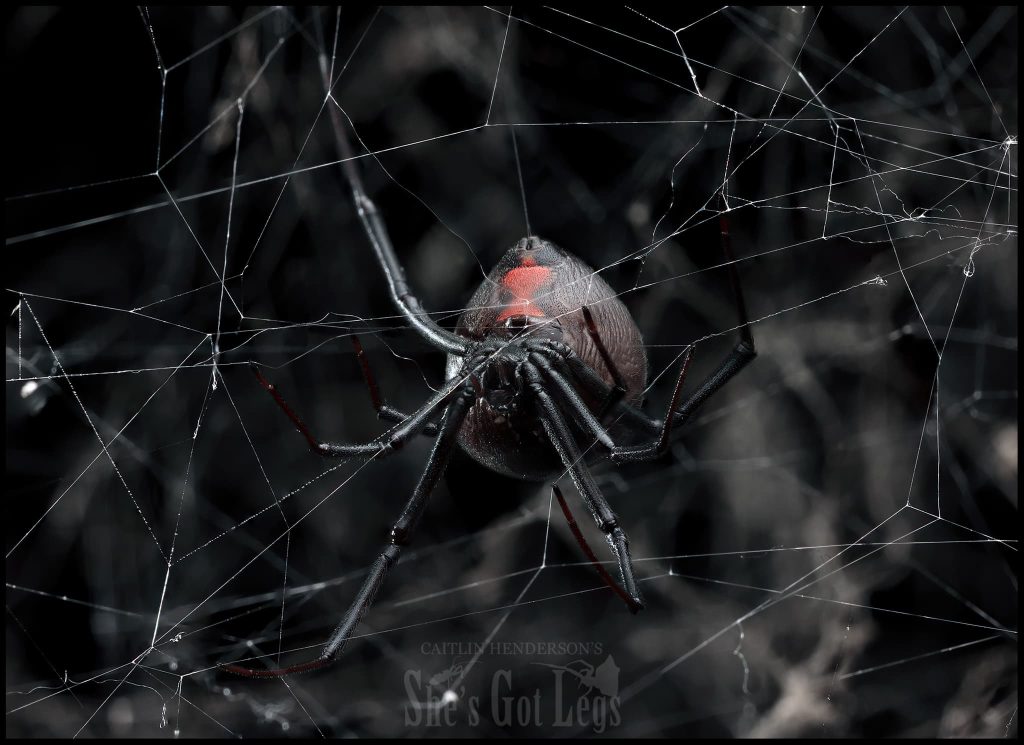
While historical records of 14 deaths attributed to Redback Spider bites do exist, it’s now understood that bites are unlikely to be life-threatening. In fact, while the drop in deaths was originally attributed to the introduction of antivenom in 1955, evidence now suggests it hasn’t actually been helping. In fact, the main aim of medical treatment is good pain relief.
Will a bite from a Funnel-web Spider kill me?
While the danger of Redback bites is generally overstated, that is not the case for Funnel-webs. There are many species of Funnel-web Spider with potentially deadly venom, but the only one known to have caused human deaths is the notorious Sydney Funnel-web (Atrax robustus) due to its presence in an urban area. The venom of the male in particular is highly neurotoxic to humans and a bite is considered a medical emergency.
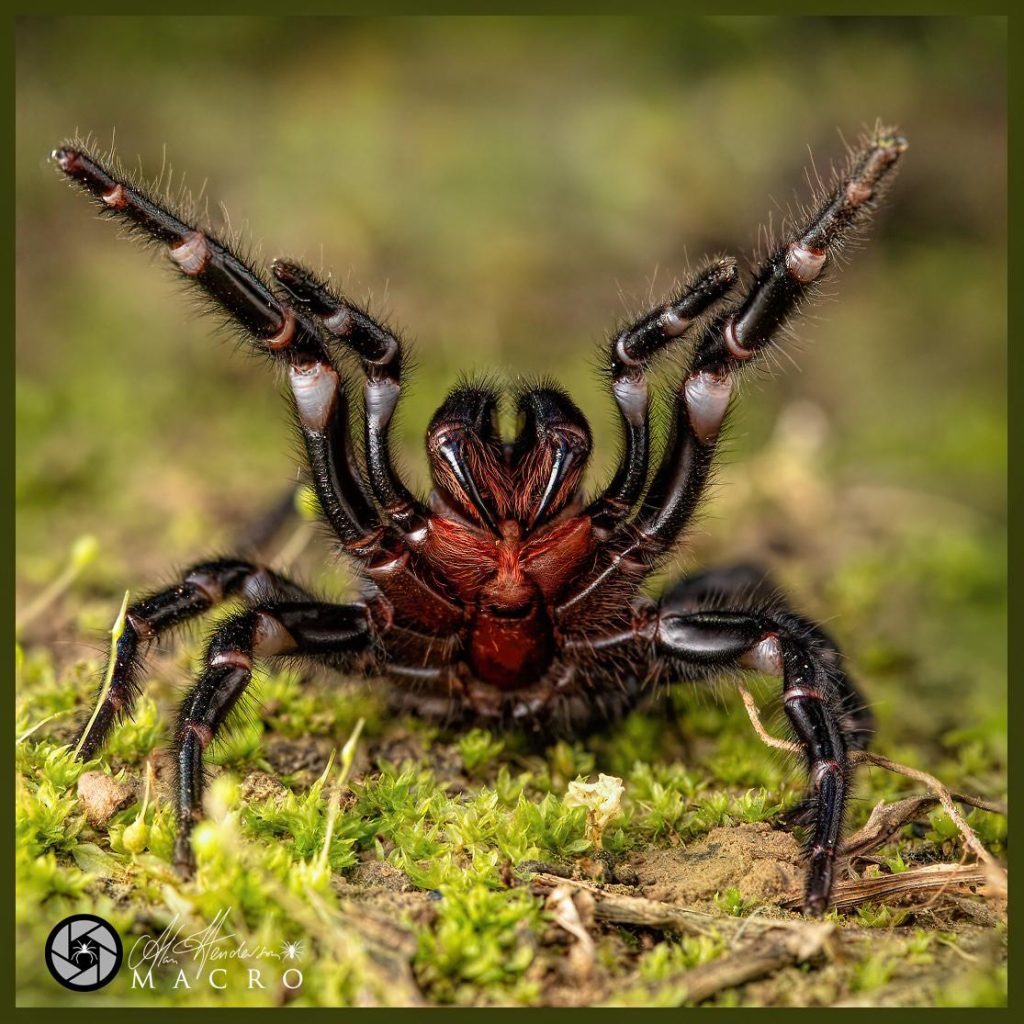
Before the introduction of antivenom in 1981, 13 deaths were attributed to this spider (the last in 1979). Since this time, there have been no deaths from a spider bite in Australia. Other species known or suspected to present a danger to humans can be effectively treated with this same antivenom, including other members of the Funnel-web family (Atracidae) and the Eastern Mouse Spider (Missulena bradleyi).
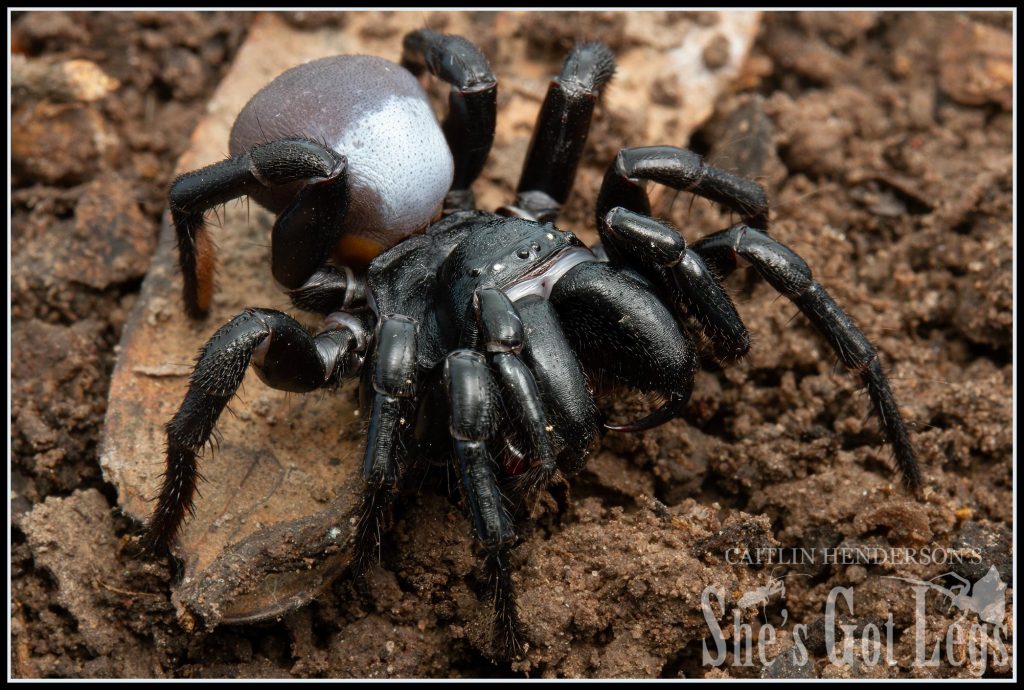
Are there any invertebrates more dangerous than spiders?
With all the focus on venomous spiders, you’d be forgiven for thinking we didn’t have any other dangerous bugs in Australia – but that’s very far from the truth.
Fortunately, most Australian arachnids (the close relatives of spiders), insects and other bugs are not dangerous to people, and that includes our native scorpions. Like spiders, our scorpions have a venomous sting that, despite being painful, is not considered dangerous.
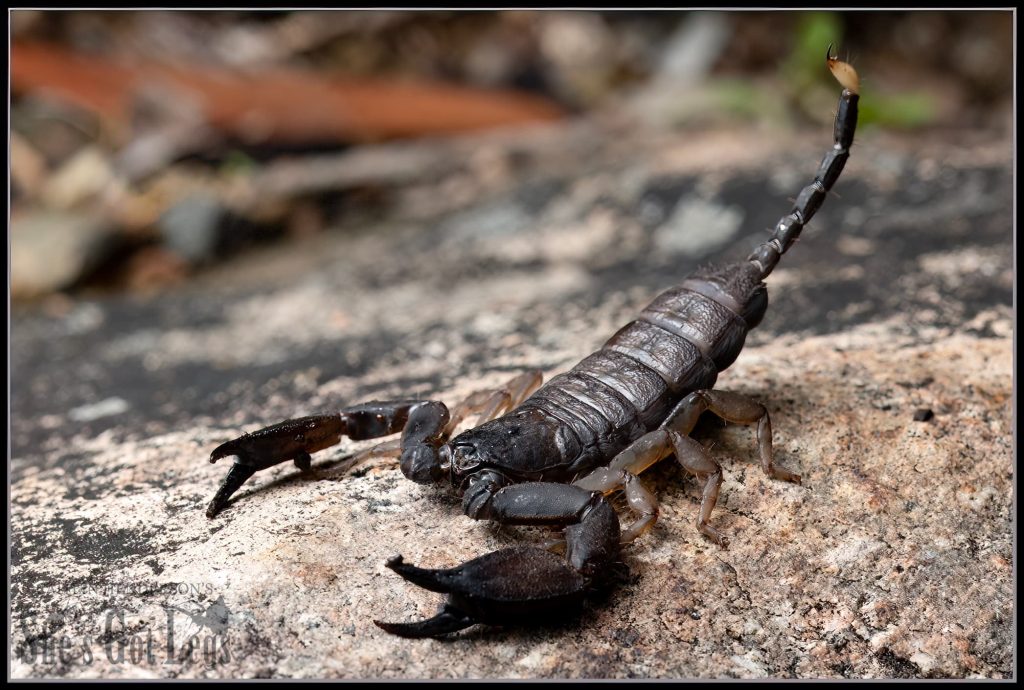
Australian centipedes and assassin bugs are another example of venomous bugs with painful but non-dangerous bites or stings.
However, we do have an arachnid responsible for more historical deaths than any of our dangerous spiders, and that’s ticks. Ticks – particularly the Paralysis Tick (Ixodes holocyclus) – are famously deadly to pets but can cause serious effects in humans too. Twenty people have died from the effects of tick toxins in Australia, and bites are considered especially dangerous to children.
The good news is that with improvements in medical treatment, there have been no deaths from tick bites since 1945. However, these bites can also pass on serious illnesses such as Q Fever, Queensland Tick Typhus, and cause life-threatening allergic reactions (anaphylaxis), including making the victim allergic to red meat!
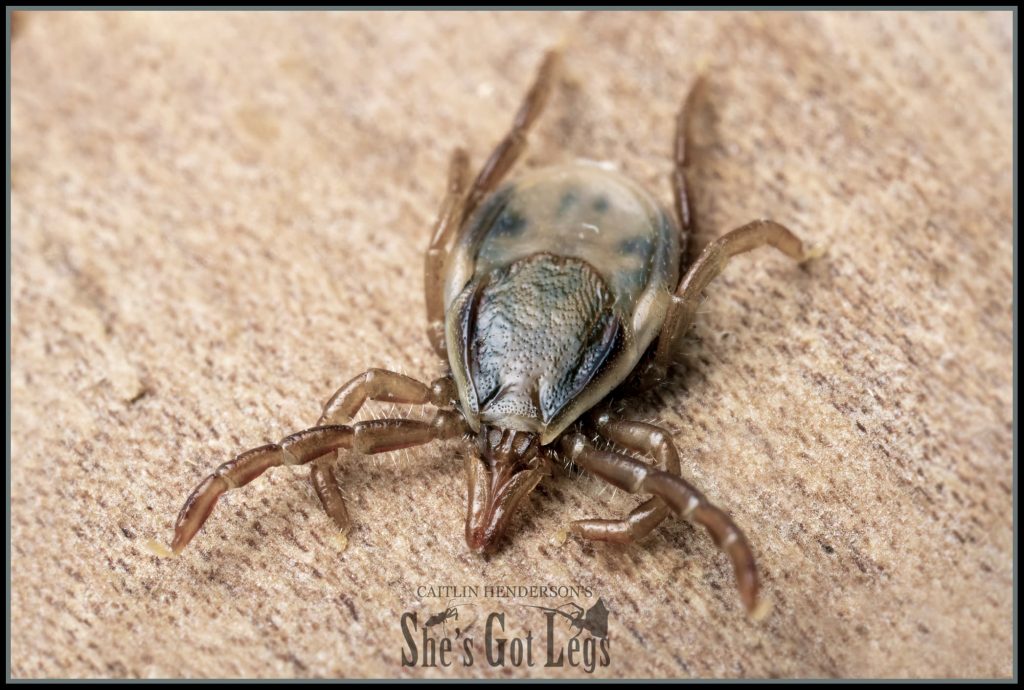
If you live in a tick-prone area, it’s a good idea to take precautions and to check yourself for ticks when you get home.
Australia’s most deadly insects
Bees, wasps and ants are all close relatives belonging to the order Hymenoptera, and many, many species are venomous! Bees and wasps are famous for their venom-loaded stings, but there are also venomous ants, such as Bullants (Myrmecia spp.).
Shockingly, bees and wasps alone were responsible for 38 human deaths between 2012-2021, which – compared to 0 from spiders – has to make you wonder why spiders have such a bad reputation.
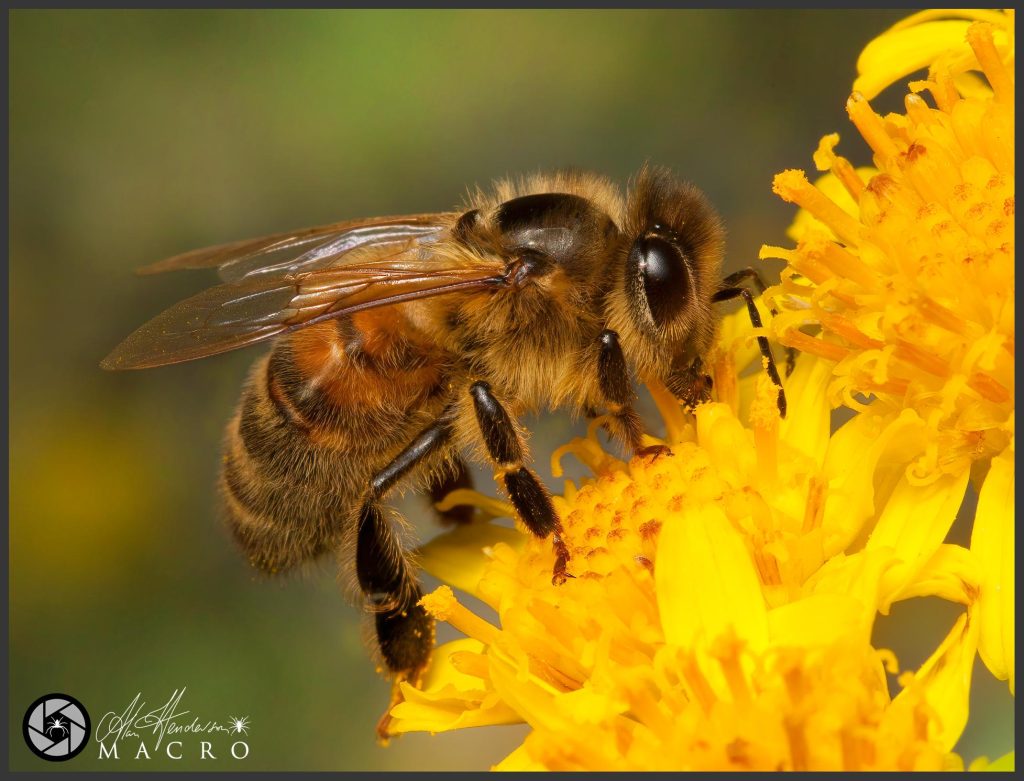
While the majority of people will have only a mild reaction to a bee, wasp or ant sting, the venom from these insects can cause anaphylaxis in up to 1 in 20 people. The speed and severity of the reaction can be extreme, turning a sting from one of these insects quickly into a potential emergency.
This makes the humble honeybee simultaneously one of the most well-loved and one of the most dangerous insects encountered by Australians on a daily basis.
Mosquitoes: A constantly changing threat
Mosquitoes are ubiquitous enough in Australia that we have our own affectionate nickname for them. Anyone who has had their sleep interrupted in summer by the whining dive bombing of the mozzies, or been subject to their itchy bites, is likely to consider mosquitoes as an annoyance rather than a reason to burn down the house and move elsewhere.
While mosquitoes are notorious worldwide as carriers of deadly diseases, Australians have lived through a period of relative safety when it comes to the risks posed by our native mozzies. However, this wasn’t always the case.
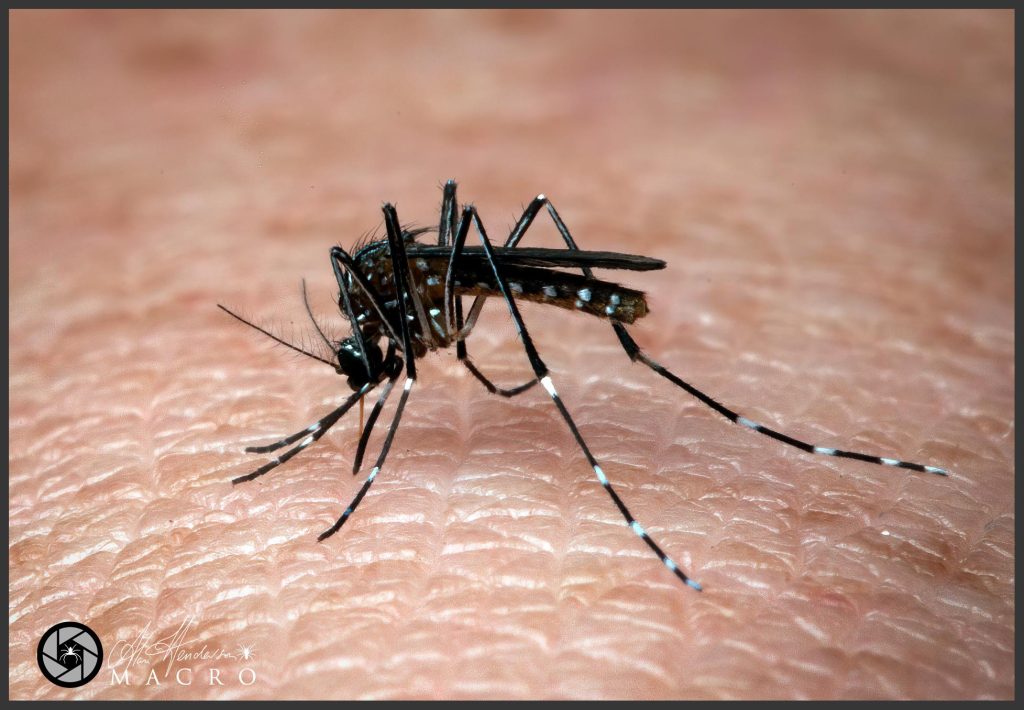
Malaria, a deadly parasitic infection carried by mosquitoes, was present in Northern Australia up until 1981 when it was successfully eradicated. While our isolation and monitoring programs have kept us safe from the return of this disease, the same cannot be assured for other deadly mosquito-borne diseases in the future.
In March 2022, an outbreak of Japanese encephalitis virus was detected on the Australian mainland, resulting in seven deaths. Murray Valley encephalitis, another potentially deadly mosquito-borne virus, has left three people dead in Victoria after a 50 year absence, and two dead in the Northern Territory.
The surge in deadly mosquito-borne viruses was attributed in part to extreme rainfall and flooding – weather events that will only become more common in the future as the climate undergoes rapid change. While dangers from other Australian arachnids and insects have greatly lessened as medicine advances, mosquito-borne diseases remain an ever-changing threat. Constant monitoring and swift responses are required to keep Australian mozzies mostly harmless.
Keeping things in perspective
While some Australian arachnids and insects can be dangerous in some situations, illness and death from these animals is still pretty rare. Spiders are certainly not the danger they have been made out to be, and even bees, wasps, ticks and mosquitoes are all very low risk compared to larger animals, other diseases, or even just getting in your car to drive to work.

Most Australian bugs are completely harmless. They are a natural and essential part of our environment – not the boogeyman! Sorting real risks from misinformation is key to living safely around Australian wildlife, and even learning to appreciate it.
Check out our spider collection
Article written by
- Caitlin Henderson
- July 2023
Do you like this article? Share it on your favourite platform.
You might also be interested in
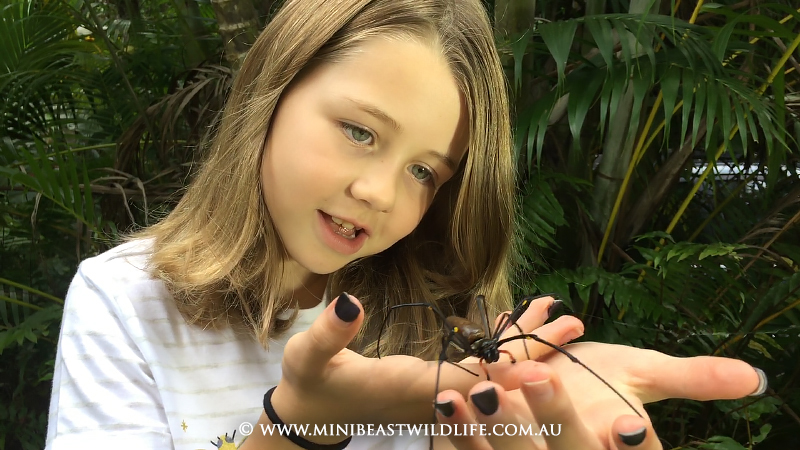
Spiderchat with Saige
Minibeast Wildlife has recently started a new YouTube channel ‘Spiderchat with Saige’ hosted by our 10 year old budding arachnologist. Saige has been around spiders her
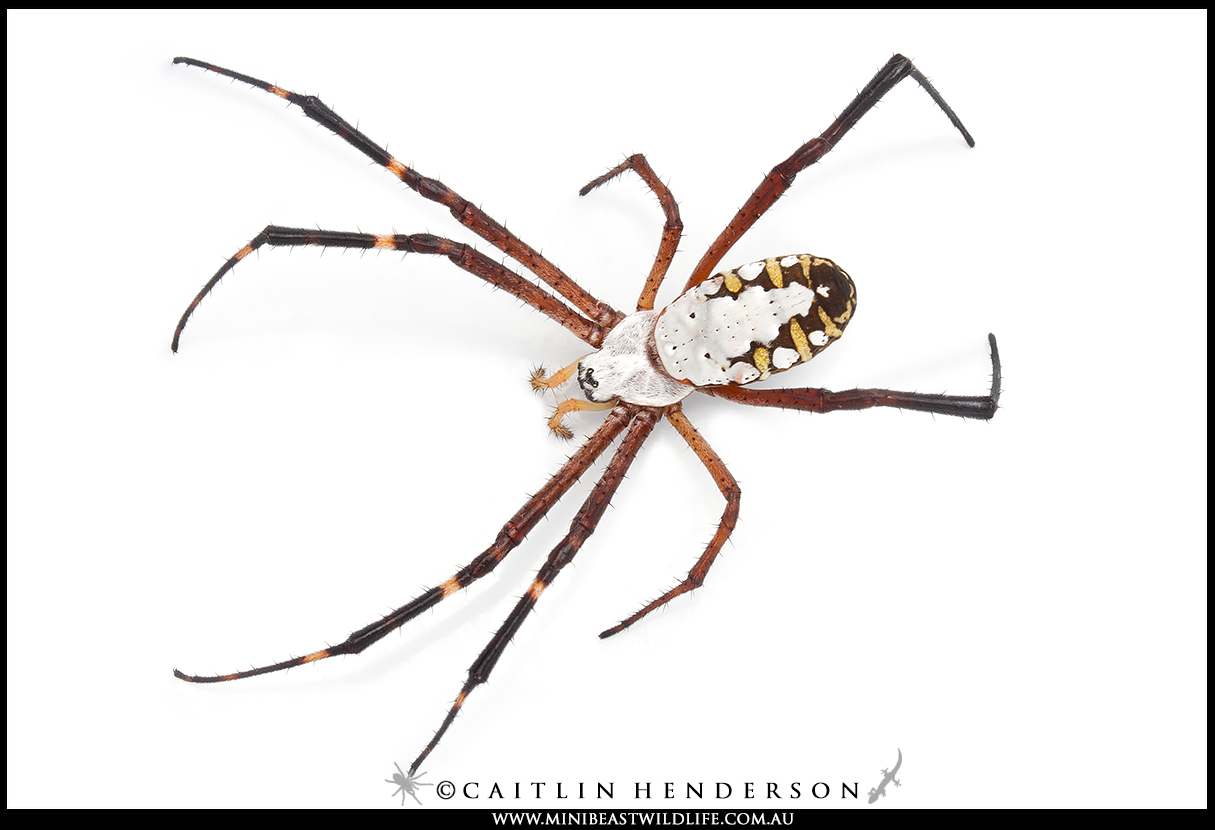
Metallic Asian spider found living in the Northern Territory’s Fogg Dam
A metallic-silver spider previously unknown in Australia has been found living at multiple sites near Darwin in the Northern Territory by myself and entomologist Graham Brown.
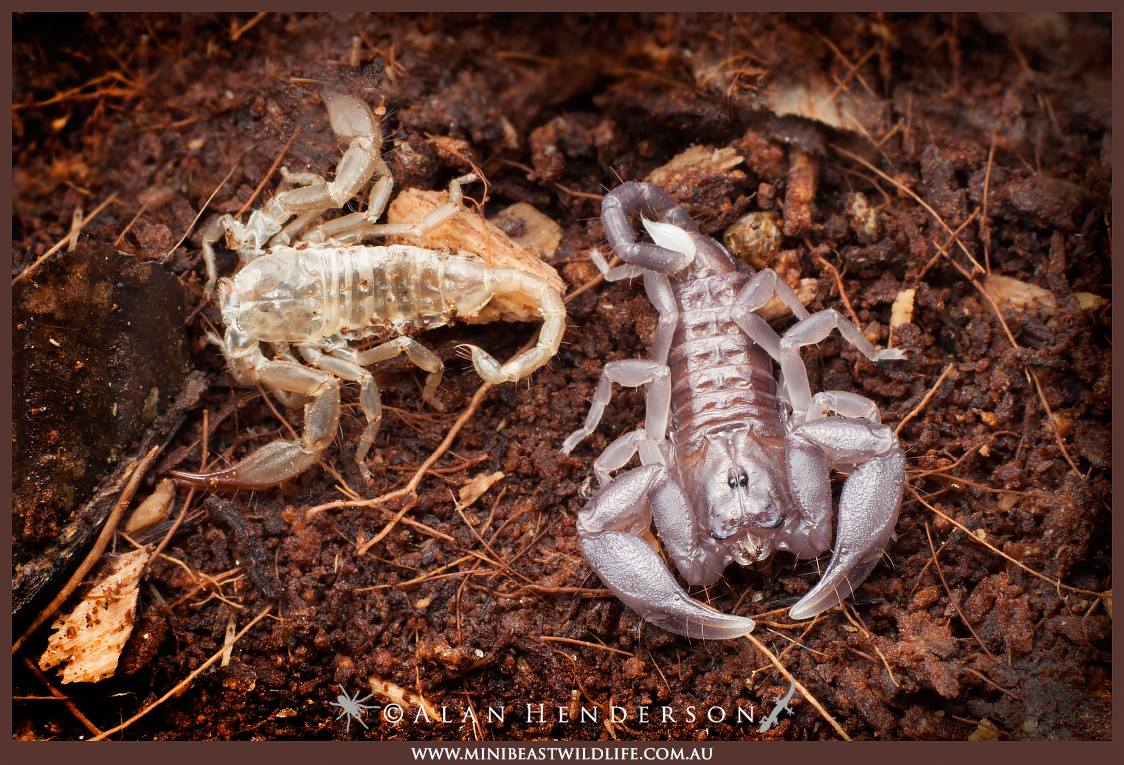
Help, I’m crawling out of my skin! Why insects and other invertebrates moult
One of the strangest things about living life as a minibeast (apart from having all those legs) would have to be the sudden urge to
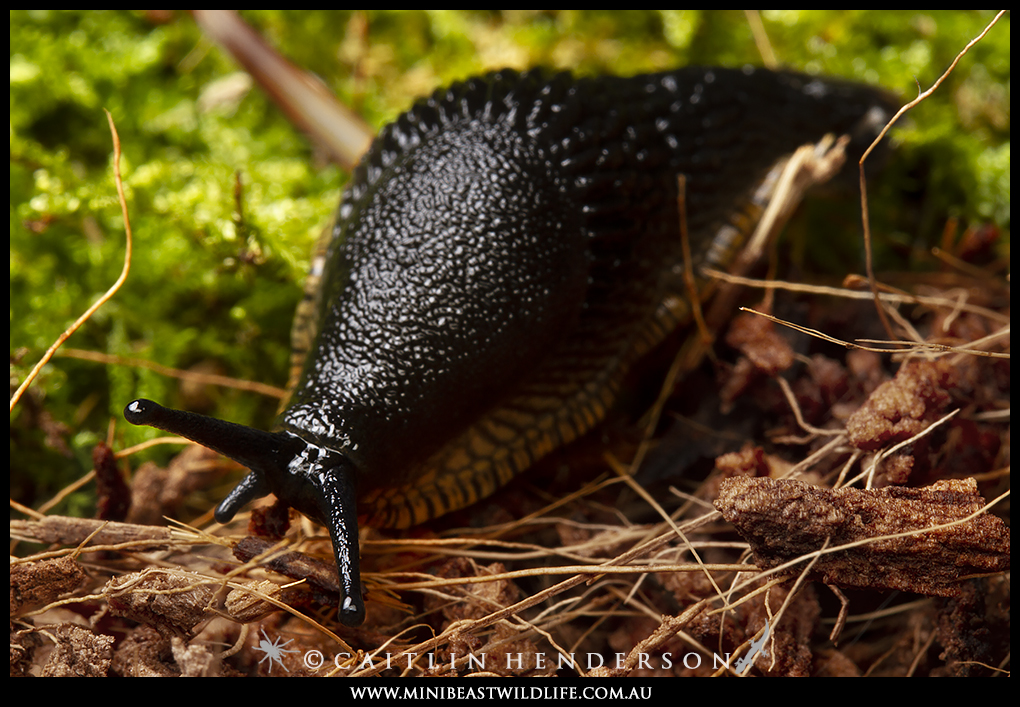
This Black Slug is invading Australia at the speed of … slug
If you live in one of the cooler, wetter climes of Australia, you might have spotted this stunning black slime-machine cruising around. The name is
